Chardonnay is one of the most popular types of white wine, and it can have very distinct characteristics depending on whether it is oaked or unoaked. Unoaked Chardonnay and oaked Chardonnay have different tastes and textures, which can make a huge difference to your drinking experience.
Understanding the differences between these two styles can help you choose a Chardonnay that best suits your taste preferences.
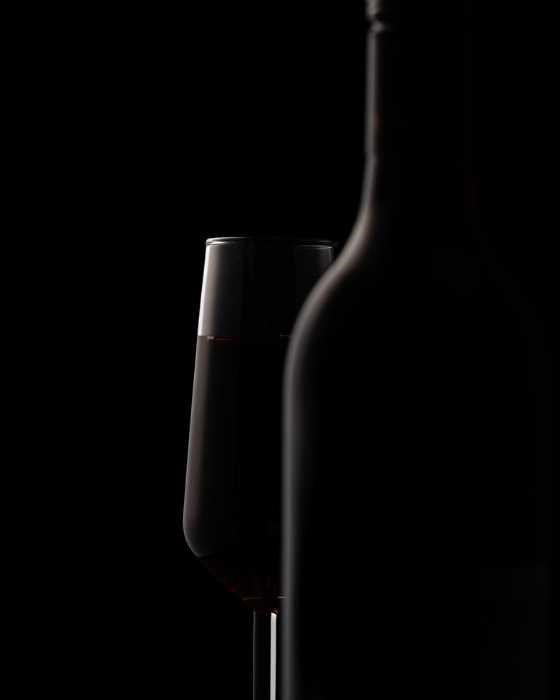
Where does Chardonnay come from?
Even though the variety has been around for thousands of years and is known by many different names, ‘chardonnay’ was only coined in the late 18th century. The term ‘chardonnay’ is derived from the village of Chassagne in the French province of Burgundy. The variety was first discovered in Burgundy in the 17th century but was not given its name until 200 years later.
Today, chardonnay is planted in many different climates and soil types, which is why the many different styles of Chardonnay are available. Some wines may be unoaked, while others may be oaked depending on the production method used. Let’s look at the differences between oaked and unoaked Chardonnays and what each style offers.
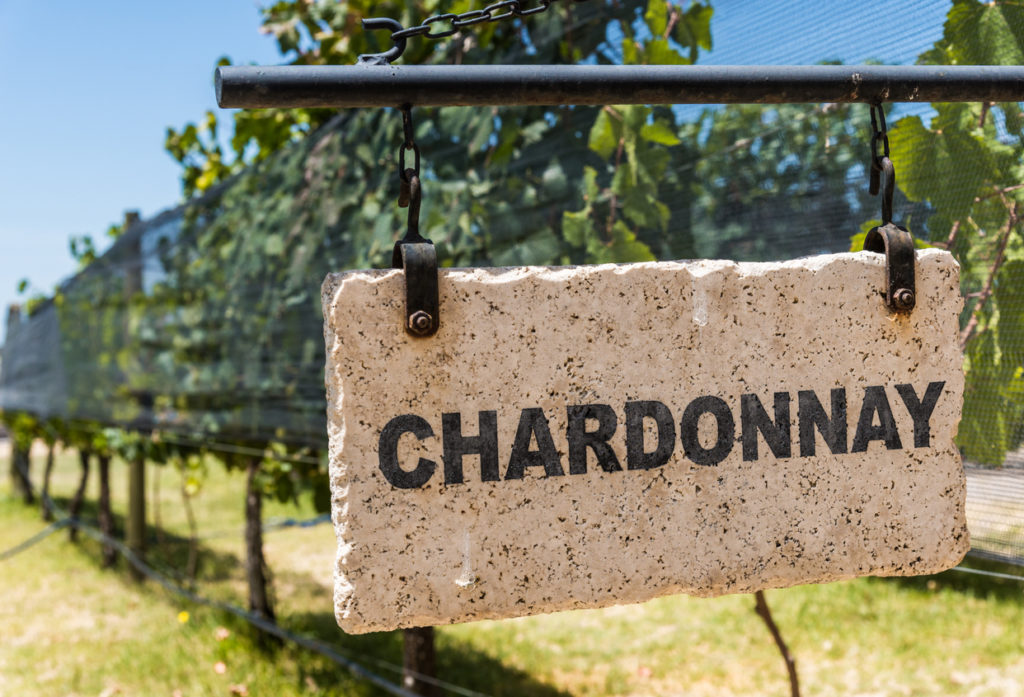
Oaked Chardonnay is aged in oak barrels whereas its unoaked counterpart is mostly aged in stainless steel tanks.
What is Oaked Chardonnay?
Oaky Chardonnay is characterized by its oak-infused flavor and aroma, which it gets from aging in wooden barrels. Oaked Chardonnays have a golden yellow color, with tropical fruit flavors like pineapple, peach, mango, and citrus fruits.
Oak gives Chardonnays an extra layer of complexity and depth to the flavor profile. This style of wine is often full bodied and features notes of baking spice like cinnamon and nutmeg as well as vanilla, baked apple and buttery flavors from malolactic fermentation.
Aging in oak barrels can take anywhere from six months up to two years depending on the desired results for the oaked chardonnay.
Chablis – Unoaked chardonnay
Chablis is a style of white wine that has been made for centuries in the Chablis region of France. It is crafted from 100% Chardonnay grapes and is distinct from other wines due to its light, unoaked character.
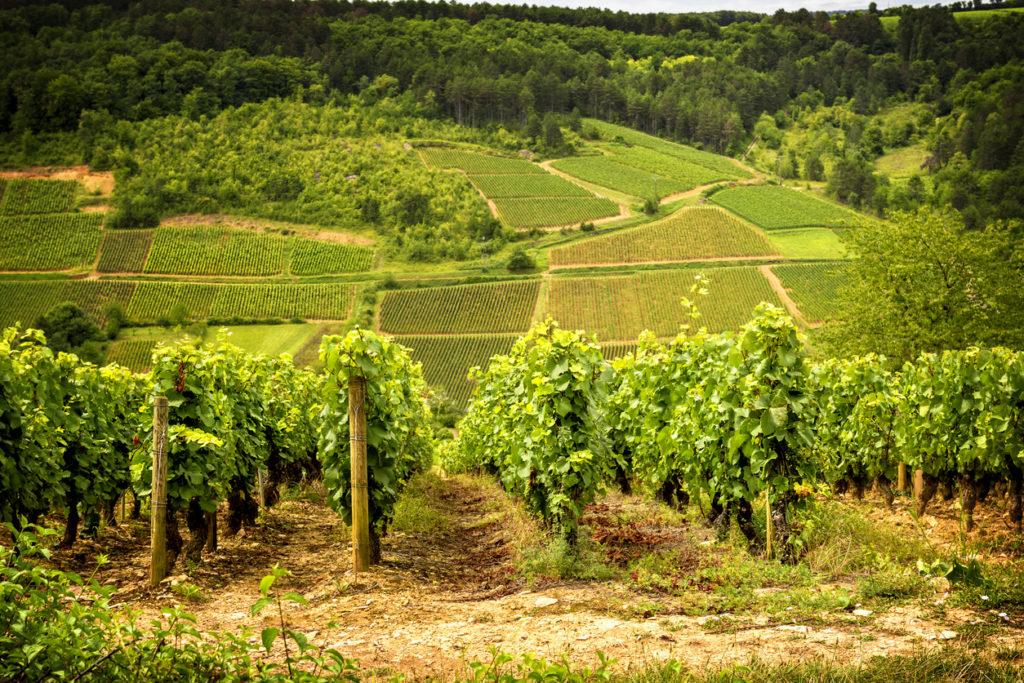
The soil in the Chablis region consists mainly of Kimmeridgian limestone which gives the wine its characteristic minerality and high acidity. It makes the Chardonnay an excellent choice to pair with seafood dishes as it can cut through heavy dishes while still maintaining a refreshing flavor profile.
Traditionally Chablis is made in stainless steel vats preserving the green fruit, pineapple and lemon aroma. This led to the reinvigoration of the chardonnay grape away from the classic oaky chardonnay.
Unoaked chardonnay tastes
How to describe unoaked chardonnay? The taste varies depending on its production style, but it typically boasts vibrant acidity and fresh fruit flavors, without the strong woody or smoky characteristics found in oaked wines. Unoaked Chardonnay can be made in a range of styles, from light and crisp to creamy and buttery.
The tasting notes of unoaked Chardonnays includes bright notes of citrus, lemon, apple, pear, melon or tropical fruits. Depending on the region where it was grown and produced, this type of wine may also have floral aromas that give it a distinctive bouquet.
Malolactic fermentation
Chardonnay is one of the most popular white wine grapes and malolactic fermentation plays a large role in its taste. It is a secondary process used in winemaking that converts tart malic acid into softer lactic acid. This brings out more creamy, buttery flavor notes in Chardonnay as compared to other types of white wines. When done correctly, it can enhance the overall flavor profile of Chardonnay and make it smoother and less acidic on the palate.
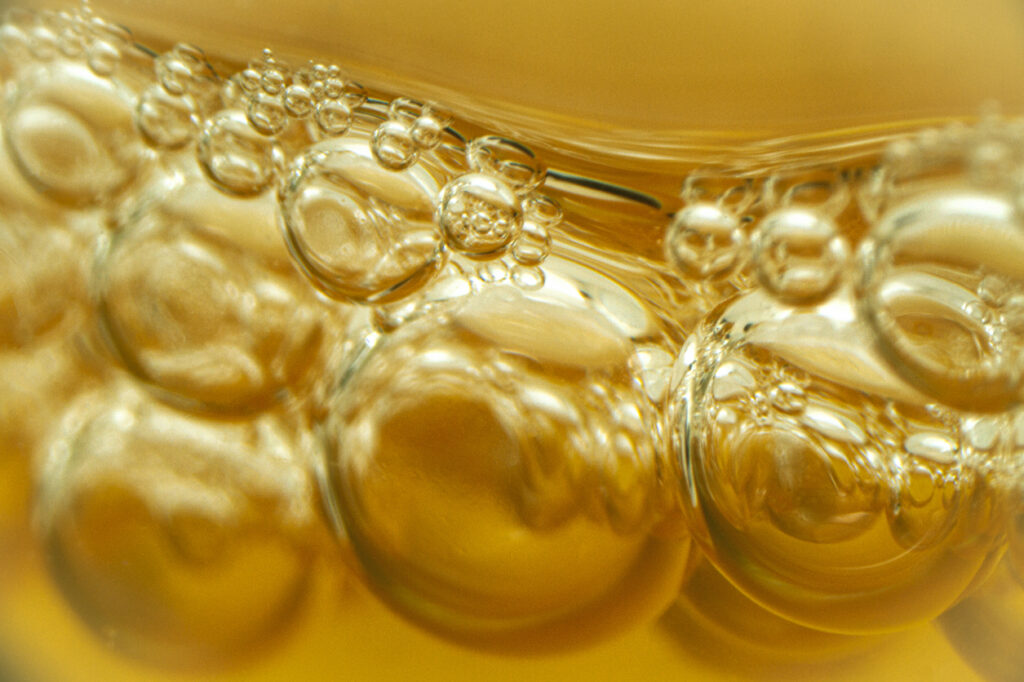
Most Chardonnays with wooden notes undergo malolactic fermentation whereas their counterparts which are stored in stainless steel vats ar not submitted to this secondary fermentation.
Chardonnay food pairing
Depending on the white wine you prefer, a fresh wine with green apple and citrus notes which was stored in stainless steel vats or rather a full bodied creamy chardonnay with wood aromas food pairing is different.
Food Pairings with Oaked Chardonnay
With its medium-bodied flavor profile and aroma that results from aging in oak barrels, oaked Chardonnay has a distinct taste that pairs well with a variety of dishes. From grilled seafood, roasted vegetables, and creamy pasta dishes to rich desserts such as crème brûlée or cheesecake, this type of wine can be enjoyed in any meal setting.
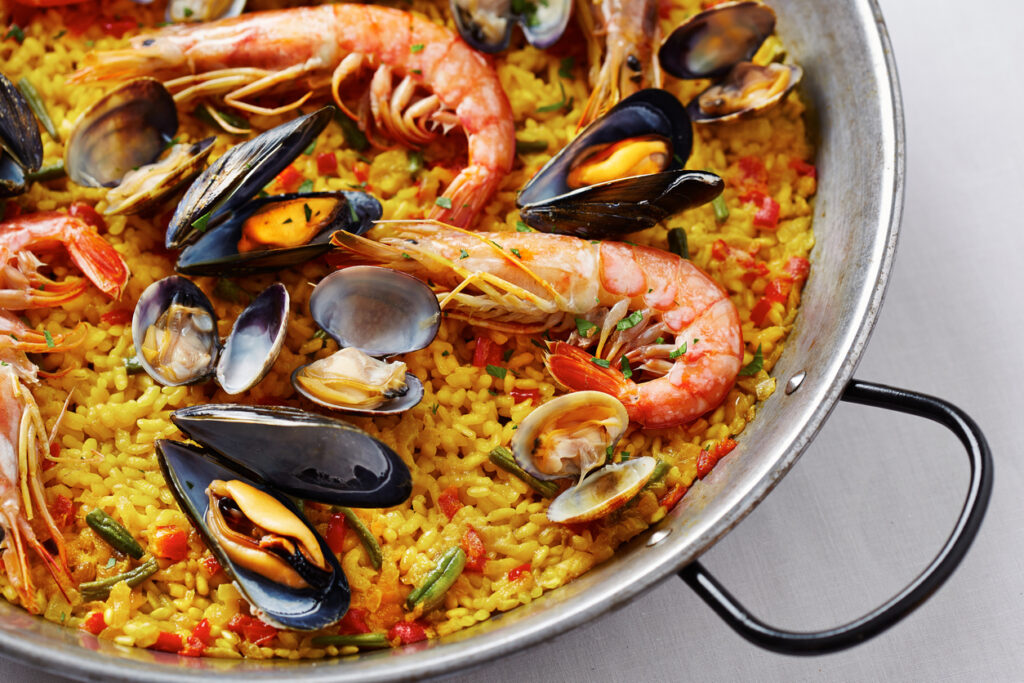
To get the most out of your oaked Chardonnay experience, look for notes of buttery apple or butterscotch on the nose which will help you pair the perfect dish with your bottle.
Pairing unoaked Chardonnay
This type of Chardonnay has a subtle flavor profile with no oak influence and a bright, crisp acidity that makes it the perfect accompaniment to many dishes. Chardonnays without oak are fresh, light-bodied wines with lemony and green apple flavors that can be paired with a wide variety of foods from fish to poultry to salads.
When pairing unoaked chardonnay with food, consider the intensity of the wine’s acidity as well as its body and fruity flavors.
Light-bodied unoaked Chardonnays pair nicely with white fish or poultry dishes such as roasted chicken or poached salmon. The citrus notes in these wines also make them well suited for lighter fare like salads or vegetable side dishes.
California chardonnay
Chardonnay from California is one of the most popular wines for chardonnay lovers . With an ideal climate and soil conditions, California produces some of the finest examples of this beloved white wine. From regions such as Napa Valley, Sonoma Valley, Russian River Valley and Carneros District to Central Coast appellations including Santa Barbara and Monterey County, Chardonnay grapes thrive throughout California.
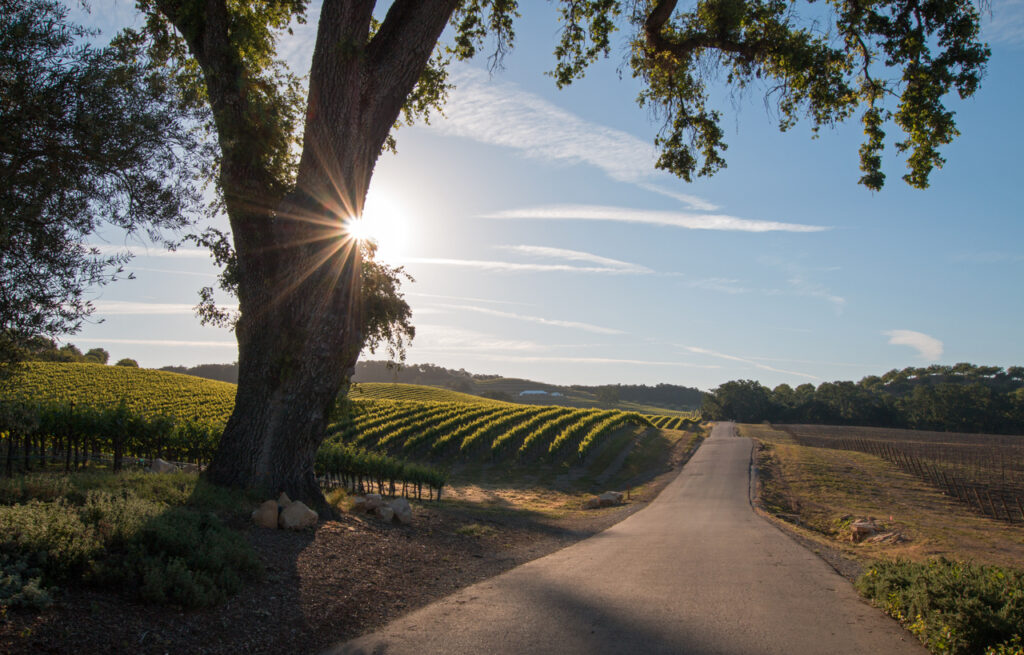
In the 1980-1990ies oaky chardonnay was very popular in the USA. In recent years many Californian wine makers have moved away from this style of wine in favor of lightly oaked or unoaked chardonnay with a crisp minerality and a light body.
Conclusion
Chardonnay is one of the most versatile grapes in the world. It is a hardy, easy, versatile grape. While there are many delicious varieties and sub-varieties to drink, enjoy a variety with Chardonnay once you pop out the cork.

